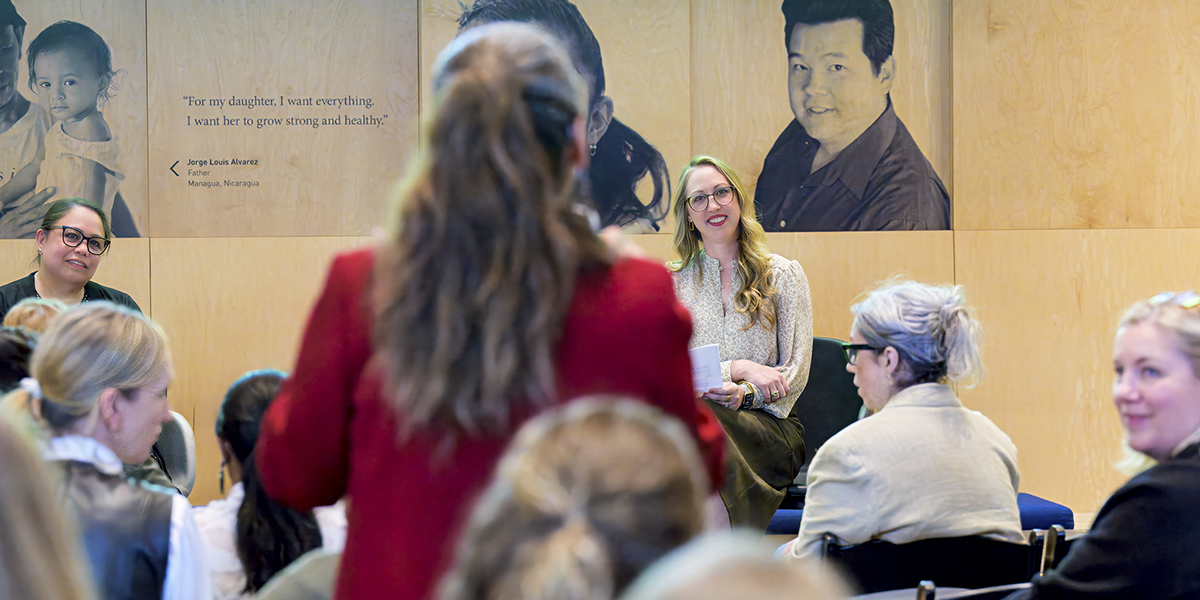On November 6, Lions & Tigers hosted a live conversation with Founder & CEO Brea Starmer and Dr. Pam Cohen of Read the Room Advisors to unpack findings from the new 2025 Workforce Reimagined: Unlocking the Power of Blended Teams Report. Below is a recap of what we covered—plus how leaders can act on the research right now.
Why “blended” moved from stopgap to strategy
For years, organizations experimented with flexible talent to add capacity or cut costs. The data shows a definitive shift: blended teams (employees + independent experts, often alongside AI) are now a core operating model that drives better outcomes, not just faster staffing. In our study of 500+ leaders across industries and functions, respondents described blended teams as a lever for innovation, quality, and business resilience.
Inside the study: who we heard from
Read the Room Advisors fielded a survey to 500+ professionals across sectors and roles—from strategy and product to HR, marketing, and operations. About 71% identified as caregivers, underscoring how life realities shape workforce expectations. The gender mix spanned ~57% men, ~41% women, and a small percentage non-binary, providing a broad view of how blended work shows up across organizations.
Get the Workforce Reimagined Report Now
The business case in three words: quality, speed, innovation
Leaders told us the headline has changed:
- Quality leads: 87% ranked quality of work as a top KPI for blended teams.
- Speed follows: 86% cited faster delivery as a key advantage.
- Innovation rises: 83% report innovation as core advantage of blended workforces and nearly 8 in 10 (≈79%) pointed to access to hard-to-find, specialized talent as the greatest benefit.
Cost efficiency still matters, but it’s no longer the story. Leaders are using blended teams to build better, move faster, and innovate with niche expertise.
Confidence compounds: the maturity effect
Experience using blended teams changes the calculus. Leaders with 3+ years of practice showed 26% higher familiarity and 21% higher strategic confidence in the model. Early adopters may start for speed or savings; mature adopters stay because the work gets better and impact grows.
A critical dependency (in a good way)
One finding stopped the room: 97% of respondents said losing their blended teams would disrupt their business goals, with 4 in 5 calling the disruption “very” or “extremely” severe. That’s the moment blended work moves from a cost center to a growth lever.
Beyond efficiency: inclusion, agency, and belonging
Blended models aren’t just operational. Leaders reported more space for different life circumstances, caregiver realities, and varied work styles—and saw performance benefits when people could contribute in ways that fit their lives. When contingent and independent contributors are treated as integral members of the team, engagement and outcomes rise together.
The messy middle is normal—here’s how to smooth it
Adopting blended teams brings a learning curve. Early friction often shows up as:
- Control-to-collaboration shifts for leaders and teams
- Onboarding misses or unclear operating rituals
- Uncertain budget lanes across headcount and vendor spend
What works: establish shared goals, plan onboarding for both employees and independents, clarify decision rights, and align CFO, CHRO, and Procurement on workforce design. Most leaders reported that once they push through the initial phase, strategic value becomes undeniable.
Looking ahead: ecosystems, not org charts
If the trend continues, workforce planning will optimize for human value creation, not just headcount. Expect:
- Workforce ecosystems that blend employees, independents, and AI with intention
- Planned investments in blended teams as a persistent capability
- Inclusion and belonging measured across all worker types
- AI as amplifier, not replacement—supporting discernment, creativity, and connection
Put it to work: actions for leaders
- Design for outcomes: Define the business results first, then assemble the blended team with the right mix of skills and capacity.
- Codify the model: Document engagement rules, onboarding steps, operating rituals, and success measures for both employees and independents.
- Budget with intent: Align finance and people leaders on when to use headcount vs. vendor spend to maximize speed, quality, and risk management.
- Measure what matters: Track quality, time to impact, innovation velocity, and knowledge transfer—not just hours and rates.
Put it to work: actions for independent experts
- Lead with outcomes: Frame your story around results and readiness, not job titles.
- Show time-to-impact: Offer specific examples of how you ramp quickly and move work forward.
- Invest in community and platforms: Marketplaces, learning cohorts, and relationship-driven firms are effective paths into blended work.
Get the full report
The complete 2025 Workforce Reimagined Report: Unlocking the Power of Blended Teams is now available with all the data, charts, and executive takeaways. Read it here:https://lionsandtigers.com/why-now/
Interested in bringing a blended model into your organization or speaking with our team about designing one that fits your goals? Connect with us today.








0 Comments